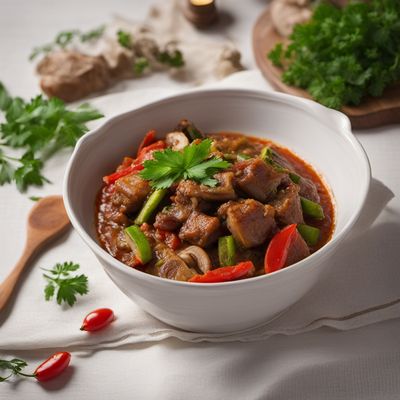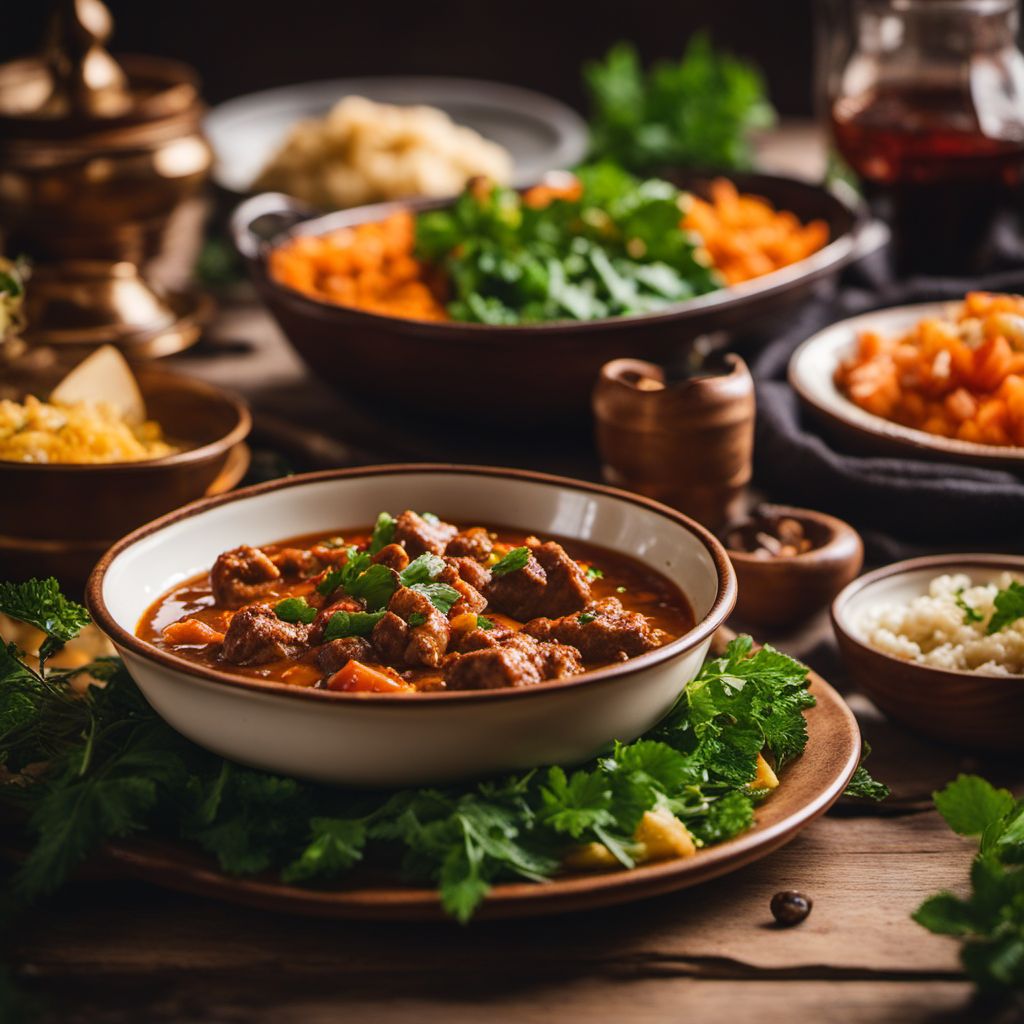
Dish
Kavarma
Kavarma is a stew-like dish that is made by cooking meat and vegetables together in a pot. The meat is typically browned first, and then onions, peppers, and tomatoes are added. Other vegetables, such as carrots and potatoes, can also be added. The dish is then simmered until the meat is tender and the vegetables are cooked through. Kavarma is typically seasoned with paprika, garlic, and other spices, and is often served with rice or bread.
Origins and history
Kavarma is a traditional Bulgarian dish that has been enjoyed for centuries. It is believed to have originated in the Balkans, and is now popular throughout Eastern Europe. The dish is often served at special occasions, such as weddings and holidays.
Dietary considerations
Kavarma is a high-protein dish that is also rich in vitamins and minerals. However, it can be high in fat and calories, depending on the type of meat used and the cooking method. To make a healthier version of kavarma, use lean cuts of meat and cook it in a non-stick pan with a small amount of oil. You can also add more vegetables to the dish to increase its nutritional value.
Variations
There are many variations of kavarma, depending on the region and the cook. Some versions use lamb or chicken instead of pork or beef, while others add mushrooms or eggplant to the dish. Some cooks also add wine or vinegar to the dish for added flavor.
Presentation and garnishing
Kavarma can be garnished with fresh herbs, such as parsley or cilantro, and a dollop of sour cream. The dish can be served in a large pot or individual bowls.
Tips & Tricks
To make the dish more flavorful, marinate the meat in the refrigerator for a few hours before cooking. You can also add a pinch of sugar to the dish to balance out the acidity of the tomatoes.
Side-dishes
Kavarma is typically served with rice or bread, but can also be served with mashed potatoes or roasted vegetables. A side salad or pickled vegetables can also be served alongside the dish.
Drink pairings
Kavarma pairs well with red wine, such as a Bulgarian Merlot or Cabernet Sauvignon. A cold beer or a glass of rakia, a traditional Bulgarian brandy, can also be enjoyed with the dish.
Delicious Kavarma recipes
More dishes from this category... Browse all »
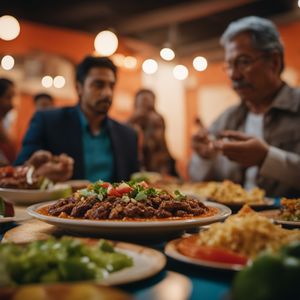
Alambre
Mexican cuisine

Anticucho
Peruvian cuisine

Apanado de alpaca
Peruvian cuisine

Avar khinkal
Georgian cuisine

Bandeja paisa
Colombian cuisine
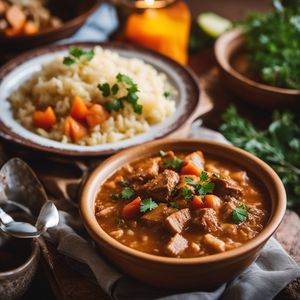
Banska kapama
Bulgarian cuisine

Barbecue Ribs
American cuisine

Bauernschmaus
Austrian cuisine
More cuisines from this region...
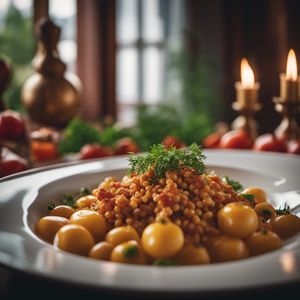
Belarusian cuisine
Hearty, Filling, Savory, Rich, Flavorful

Moldovan cuisine
Hearty, Savory, Flavorful, Spicy, Tangy

Romani cuisine
Bold, Spicy, Flavorful, Tangy

Romanian cuisine
Hearty, Savory, Flavorful, Spicy, Tangy

Russian cuisine
Hearty, Savory, Flavorful, Spicy, Tangy

Ukrainian cuisine
Hearty, Savory, Rich, Creamy, Earthy
